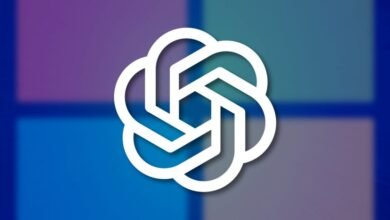Microsoft’s Guide to AI Search Optimization

▼ Summary
– Microsoft provides guidance on structuring content to improve its chances of being selected for AI-generated answers in Bing-powered search.
– The advice reinforces established SEO practices like clear titles, headings, and schema, while emphasizing clarity and “snippability” for AI selection.
– AI search differs from traditional search by breaking pages into parts and blending information from multiple sources for responses.
– Recommended best practices include using descriptive headings, self-contained Q&A blocks, and avoiding long text walls or hidden content.
– There is no guaranteed method for AI selection, but following these practices makes content more accessible to AI systems.
To enhance the likelihood of your content being chosen for AI-generated responses on platforms like Bing, Microsoft has released a set of practical guidelines. These recommendations build on established SEO and user experience principles, focusing on clarity, structure, and how easily information can be extracted. While there is no magic formula for guaranteeing selection, well-organized and clearly presented material stands a better chance of being used by AI assistants when they compile answers from various sources.
Microsoft points out a significant shift from traditional search, where visibility often meant securing a spot in a list of ranked links. In the world of AI search, ranking still plays a role, but the emphasis moves toward which individual pieces of content are deemed worthy of inclusion in the final answer. AI systems break down web pages into smaller segments, evaluating each for authority and relevance before weaving together information from multiple origins to form a coherent reply.
Fundamentals like crawlability, accurate metadata, internal linking, and a healthy backlink profile continue to serve as essential groundwork. However, the deciding factor for selection increasingly hinges on how logically structured and plainly understandable each section of your content is.
For those aiming to optimize their material for AI search, Microsoft suggests several best practices. Ensure your page title, meta description, and primary H1 heading are all aligned and clearly convey the page’s purpose. Employ descriptive H2 and H3 subheadings, with each covering a single idea or topic. Create self-contained question-and-answer blocks and write concise paragraphs that can be understood independently. Where it aids clarity, make use of short lists, step-by-step instructions, and comparison tables, but avoid overdoing it. Finally, implement JSON-LD structured data markup that accurately reflects the type of content on the page.
On the flip side, certain practices can reduce the chances of your content being picked up. Avoid composing lengthy, unbroken blocks of text where ideas become muddled. Do not hide essential information inside tabs, accordions, or other interactive elements that might not be fully processed. Relying solely on PDFs to convey core information is not recommended, nor is placing critical details only within images without providing alternative text or an HTML equivalent. Steer clear of making vague assertions without backing them up with specifics, and keep punctuation straightforward, decorative symbols or long strings of punctuation can interfere with readability.
The central idea here is that a clear and logical structure significantly aids selection. When your titles, headings, and schema work together harmoniously, AI tools such as Copilot can more readily identify and extract complete ideas from your page. This approach bridges conventional SEO tactics with the way modern AI assistants construct responses. For marketers and content creators, it’s less about reinventing strategy and more about following a practical operational checklist.
Looking forward, Microsoft acknowledges that no method can absolutely guarantee your content will appear in AI-generated answers. Still, adopting these practices makes your information more accessible and easier for their AI systems to understand and use.
(Source: Search Engine Journal)





